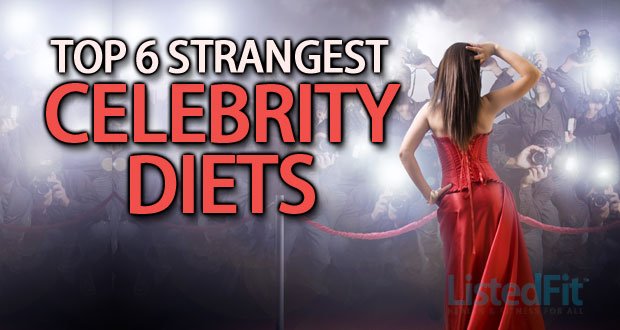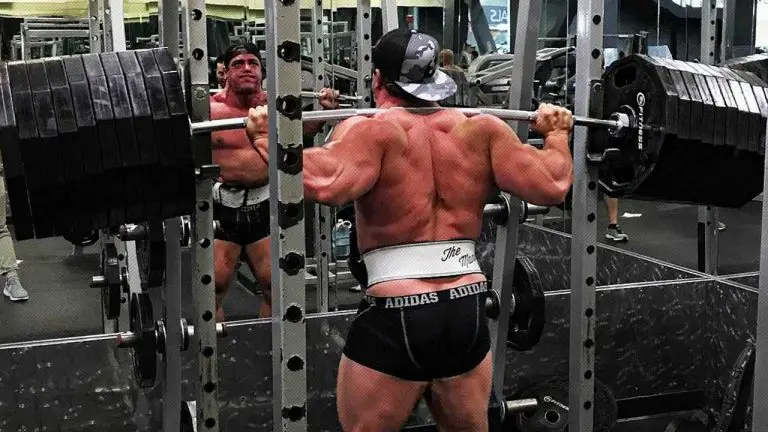Are Weighted Vests Bad for You? Debunking the Myths and Risks

ListedFit is reader-supported. When you buy through links on our site, we may earn a small commission.
Weighted vests have gained popularity among fitness enthusiasts seeking to add an extra challenge to their workouts.
These vests, which can range from as light as 5 pounds to over 80 pounds, are designed to increase resistance and make activities like walking, jogging, and strength training more demanding. But are weighted vests bad for you?
It’s essential to consider the potential benefits and drawbacks of using these wearable weights in your exercise routine.
While some studies have shown that incorporating a weighted vest into your training can improve cardiovascular fitness, as well as blood lactate thresholds for runners, there are some valid concerns regarding their impact on the body.
For instance, individuals with back or neck problems may want to avoid using weighted vests, as they can potentially exacerbate existing issues. Moreover, it’s crucial to determine the appropriate weight for your vest, which generally shouldn’t exceed 10% of your body weight.
Summary
When used correctly, weighted vests can be a versatile and portable addition to your fitness regimen, effectively increasing the intensity of numerous activities such as calisthenics, core training, and sports.
However, it is essential to use these vests safely and listen to your body to prevent injuries and negative consequences.
Key Takeaways
- Weighted vests can enhance your workout intensity but may not be suitable for everyone.
- It’s essential to choose the appropriate weight, typically no more than 10% of your body weight.
- Exercise caution, especially with pre-existing back or neck problems, to prevent potential injuries.
Table of Contents
Does Walking with a Weighted Vest Build Muscle?
When you’re looking to enhance your walking workout, adding a weighted vest can sound like a fantastic idea. But you might be wondering, does it really build muscle? Let’s delve into this a bit further.
First off, walking with a weighted vest does indeed help you burn more calories. The added weight forces your body to work harder, resulting in more calories being burned during your walk. As you burn those calories and shed some fat, your body will naturally start to develop lean muscle in response to the extra effort it is putting in.
It’s essential to note that simply walking, even with a weighted vest, won’t significantly increase overall muscle mass like resistance or strength training would.
While it helps develop and strengthen your leg muscles to some extent, it’s still primarily an aerobic activity. On the bright side, the extra weight can contribute to improving your balance, posture, and core strength, which are important components of overall muscle development as well.
One thing to keep in mind is how you choose the weight for your vest. Picking a weight that’s too heavy can be counterproductive and put too much strain on your joints, which may lead to injuries. Start with a lower weight, gradually increase it as your fitness level improves, and pay attention to how your body feels during and after your walks.
So, to sum it up, walking with a weighted vest does help build and tone some of the muscles in your body, but it’s not as effective as targeted strength training for overall muscle development. What it does offer, however, is an enhanced aerobic workout that can support your overall fitness journey.
Weighted Vest Pros and Cons
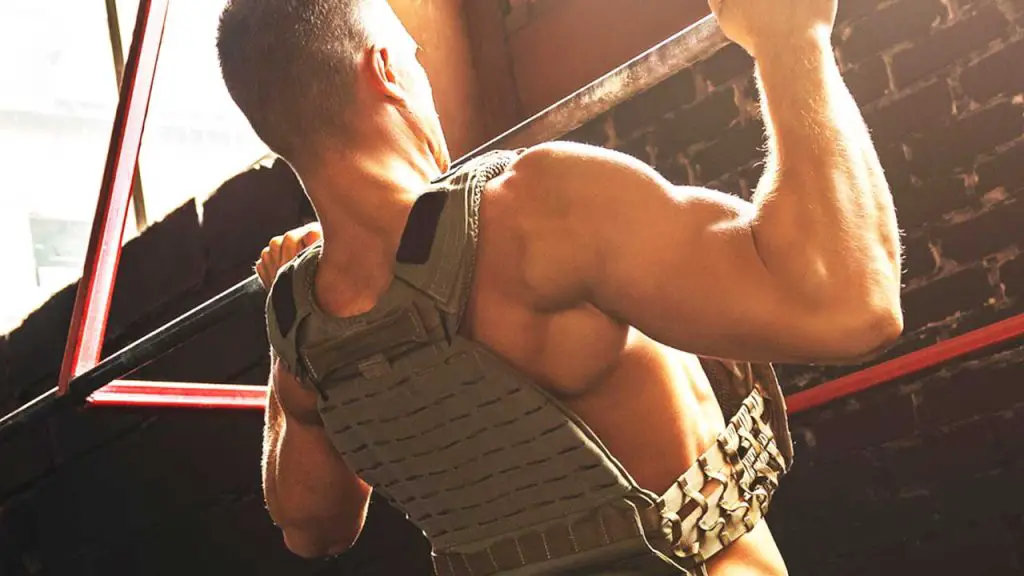
Wearing a weighted vest can offer various benefits, but it’s essential to be aware of the potential drawbacks too. Let’s explore some of the pros and cons of using a weighted vest.
Pros:
- Increased strength and endurance: The added weight forces your muscles to work harder, leading to increased strength and endurance over time.
- Calorie burn: By wearing a weighted vest, you effectively increase your body weight, which leads to a higher calorie burn during workouts.
- Improved cardiovascular health: As your heart has to work harder to pump blood around your body, your cardiovascular system gets an extra workout.
- Versatility: Weighted vests can be used during various exercises, from walking and running to calisthenics and strength training.
Cons:
- Risk of injury: The added weight can strain your joints, ligaments, and tendons, which may increase the risk of injury if you’re not careful or not accustomed to working with additional weight.
- Muscle tearing: Overloading your muscles with too much weight too soon can result in muscle strain or tearing. It’s crucial to start with a manageable weight and build up gradually.
- Not suitable for all: Individuals with pre-existing conditions, especially related to the back, neck or joints, may find weighted vests unsuitable or risky.
When using a weighted vest, it’s wise to follow the 10% rule, which means that the weight of the vest should not exceed 10% of your body weight. This helps minimise the risk of injury while still providing the potential benefits. So, give it a try and see if a weighted vest is for you, but always remember to exercise caution and listen to your body.
Does a Weight Vest Stunt Your Growth?

In the world of fitness, you might have heard about people using weighted vests and wondered if they could potentially stunt your growth. The good news is there’s no evidence to suggest that weight vests have a negative impact on growth. In fact, they might actually help improve your overall health if used correctly.
Research has shown that lifting weights, which is basically what you’re doing when wearing a weight vest, can help adolescents build muscle, increase bone strength, and reduce the risk of injury. However, the key lies in using the weight vest properly. When selecting a weighted vest, make sure it doesn’t exceed 10% of your body weight. For instance, if you weigh 150 pounds, the vest should not weigh more than 15 pounds.
Using a weight vest during exercise, such as walking or running, can provide cardiovascular benefits. A study revealed that weighted vest training could improve blood lactate thresholds for runners, allowing them to tolerate faster speeds for longer periods. Furthermore, wearing a weighted vest during cardio can improve your vertical jump, especially when performing weighted squat jumps. The added weight around your torso helps to build strength.
Wearing a weight vest is not known to stunt your growth, and it may provide various benefits, including muscle building, bone strengthening, and improved cardiovascular performance. Just remember to choose a vest with the appropriate weight and use it in a safe and effective manner during your workouts.
What Happens If You Wear a Weight Vest Everyday?

If you chose to wear a weight vest every day, there are both potential benefits and risks that you should consider.
The primary advantage of wearing a weight vest regularly is that it can help increase the resistance of your bodyweight workouts, such as squats, pull-ups, and push-ups. This added resistance can lead to burning more calories, stronger bones due to increased load-bearing, and enhanced muscular strength and endurance.
But the thing is that wearing a weight vest all day is generally not recommended. Doing so could lead to muscle fatigue, especially in your upper body. You might also experience exhaustion, which could negatively impact your overall fitness routine and daily activities.
To get the most out of your weight vest, it’s better to wear it intermittently throughout the day. For example, incorporate it into your walking, cardio, or bodyweight exercises. Just remember to exercise caution and listen to your body. If you feel discomfort or any pain, remove the vest and give yourself a break.
Another factor to consider when wearing a weight vest every day is the potential strain on your joints, particularly your knees and ankles.
Extra weight can place added stress on these areas, increasing the risk of injury or aggravating existing joint problems.
To minimize this risk on your joints, ensure that you’re using proper form and technique during workouts, and don’t overload the vest with too much weight.
In summary, incorporating a weight vest into your fitness routine can deliver many benefits, but wearing it all day every day is not the best approach. Instead, tailor your use of the vest to specific workouts, paying close attention to your body’s signals and maintaining proper form.
Is Running with a Weighted Vest Bad for Your Knees?

Running with a weighted vest can provide some benefits, such as improved cardio health and increased strength. However, it’s essential to consider whether it could have negative effects on your knees.
When you run with a weighted vest, the added load puts extra strain on your joints, particularly your knees. Your knees already bear the brunt of your body weight when you run, so adding the extra mass of a weighted vest could increase the stress they experience. This extra stress might lead to discomfort and potentially even injuries if you’re not careful.
If you have pre-existing knee issues or are prone to injuries, it’s crucial to approach running with a weighted vest cautiously.
Be sure to consult with a medical professional or a fitness expert before deciding to incorporate this training method into your routine. They can help you assess the potential risks and determine whether it’s a suitable option for you.
To lessen the impact on your knees while running with a weighted vest, consider the following tips:
- Start with a light weight and gradually increase it as your body gets stronger and accustomed to the extra load.
- Warm up properly before running with a weighted vest to ensure your muscles and joints are prepared for the added stress.
- Be mindful of your running technique, focusing on maintaining good posture and avoiding overstriding.
Running with a weighted vest can be beneficial, but it’s essential to be aware of the potential impact on your knees.
Alternatives to Weighted Vests
If you’re considering using wearable weights to enhance your workout, you might want to look into alternatives to weighted vests. There are plenty of options that can help you achieve similar results without the potential risks associated with vests. Let’s explore some of these alternatives.
Ankle weights are a popular choice. They are versatile, easy to use, and can be applied to various exercises, such as walking, running, and leg lifts. They won’t be as heavy as weighted vests though. But if you wants something lighter and more manageable they are a good option.
Be careful as they can strain your joints if not used correctly, so start with a light weight and gradually increase it as you get stronger.

Wrist weights offer another option for targeting your upper body. They can be added to activities like boxing, yoga, and Pilates to provide extra resistance and increase the intensity of the workout.
As with ankle weights, begin with a lower weight and work your way up to avoid putting too much pressure on your joints.
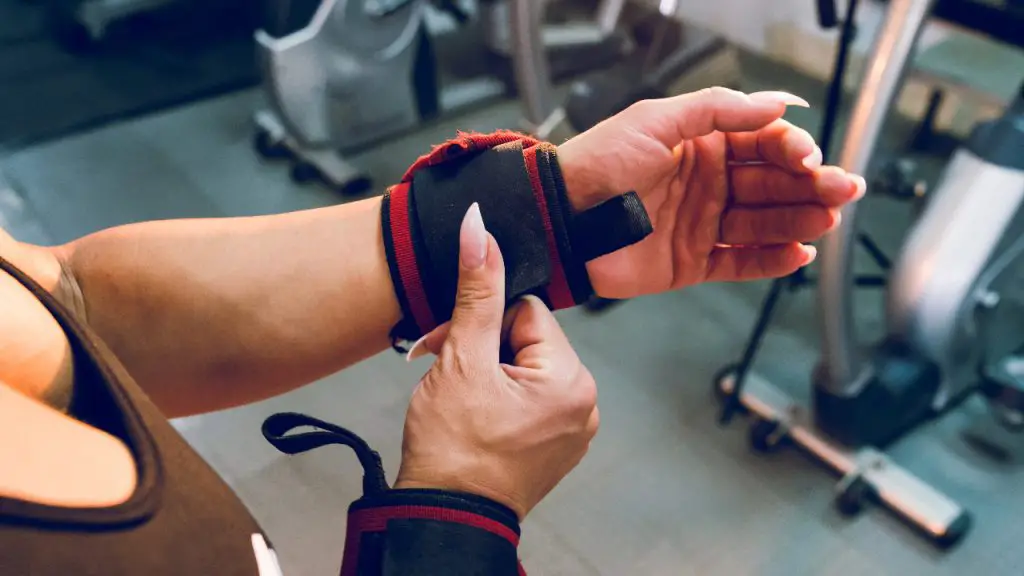
In addition to wearable weights, you might want to try resistance exercises that require no additional equipment. Bodyweight exercises like push-ups, squats, and lunges are excellent for building strength and endurance. By focusing on proper form and increasing the number of repetitions or sets, you can effectively challenge your muscles and boost your fitness level.
Another alternative is resistance training with bands or cables. These tools can be used in a variety of workouts, from strength training to cardiovascular exercises, as they offer variable levels of resistance. This type of training helps build muscle, improves flexibility, and even aids in injury prevention.
Frequently Asked Questions
Can wearing a weighted vest cause any side effects?
Yes, wearing a weighted vest can cause side effects, especially if you wear a vest that is too heavy or if you have pre-existing back or neck problems.
It is recommended that the weighted vest should not exceed 10% of your body weight. Make sure you add weight gradually and stop if you experience persistent soreness.
What are the advantages and disadvantages of using weighted vests?
Advantages of using weighted vests include improved cardiovascular endurance, blood lactate thresholds, and added resistance, which can help build muscle and increase calorie burn.
However, disadvantages include potential strain on the back and joints, worsening of pre-existing back and neck issues, and discomfort when wearing for extended periods.
Is it safe to wear a weighted vest for extended periods?
Wearing a weighted vest for extended periods is generally safe, but it depends on the individual and the weight of the vest.
If you experience discomfort or pain, this could be a sign that you need to decrease the weight or duration of wear. It’s important to listen to your body and adjust accordingly.
Do weighted vests help in building muscle?
Weighted vests can help build muscle, as they add resistance to your workouts and increase the demand on your muscles.
However, simply wearing a weighted vest all day is not as effective as incorporating it into a targeted exercise routine or strength training program.
How heavy should a vest be for walking workouts?
For walking workouts, choose a weighted vest that does not exceed 10% of your body weight.
For example, if you weigh 150 pounds, your vest should not weigh more than 15 pounds. This weight is manageable and can still provide the benefits of added resistance without causing discomfort or strain.
Do weighted vests contribute to weight loss?
Wearing a weighted vest while exercising can contribute to weight loss by increasing the number of calories burned.
However, the difference is not substantial and would be in the range of 200-300 extra calories burned for a full day. It may help you lose weight when combined with a healthy diet and a consistent exercise routine, but it is not a magic solution on its own.
Author
- Danny Loeb is a qualified Personal Trainer, Fitness Model and Writer. He enjoys blogging about health and fitness, messing around with Photoshop, and sharing his experiences with everyone.
Latest entries
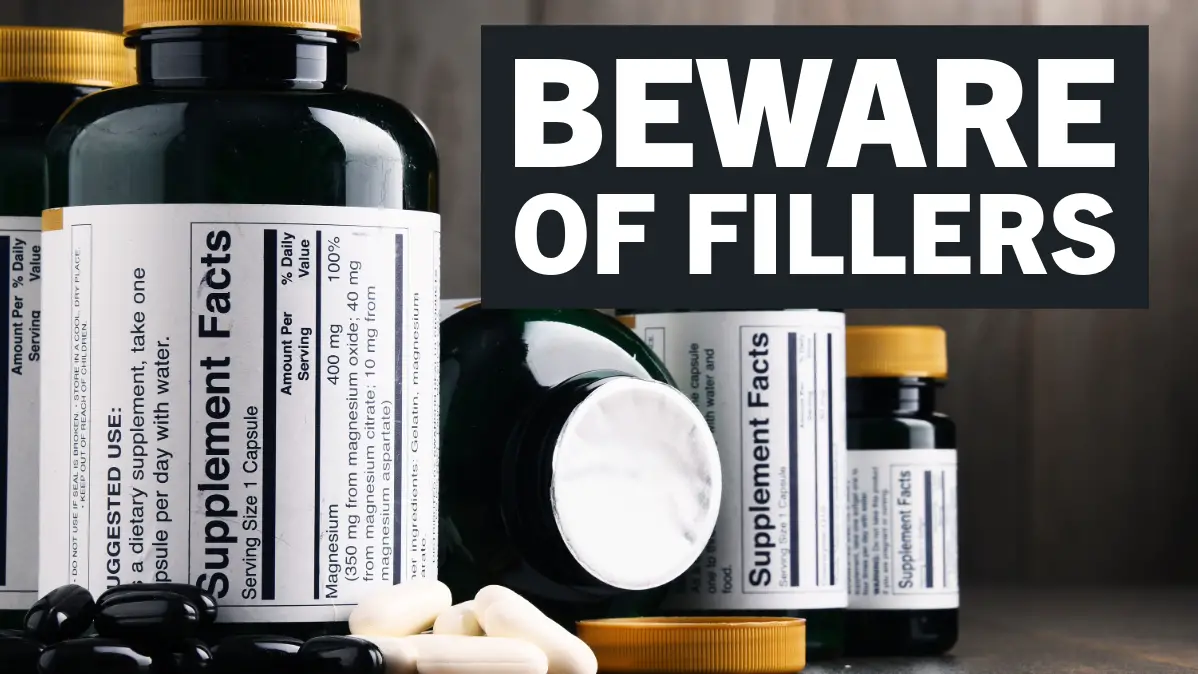 NutritionFebruary 6, 2024What Are Fillers in Supplements? – Unveiling Inactive Ingredients
NutritionFebruary 6, 2024What Are Fillers in Supplements? – Unveiling Inactive Ingredients FitnessAugust 23, 2023Best Post-Workout Foods: Great Ideas for Recovery and Results
FitnessAugust 23, 2023Best Post-Workout Foods: Great Ideas for Recovery and Results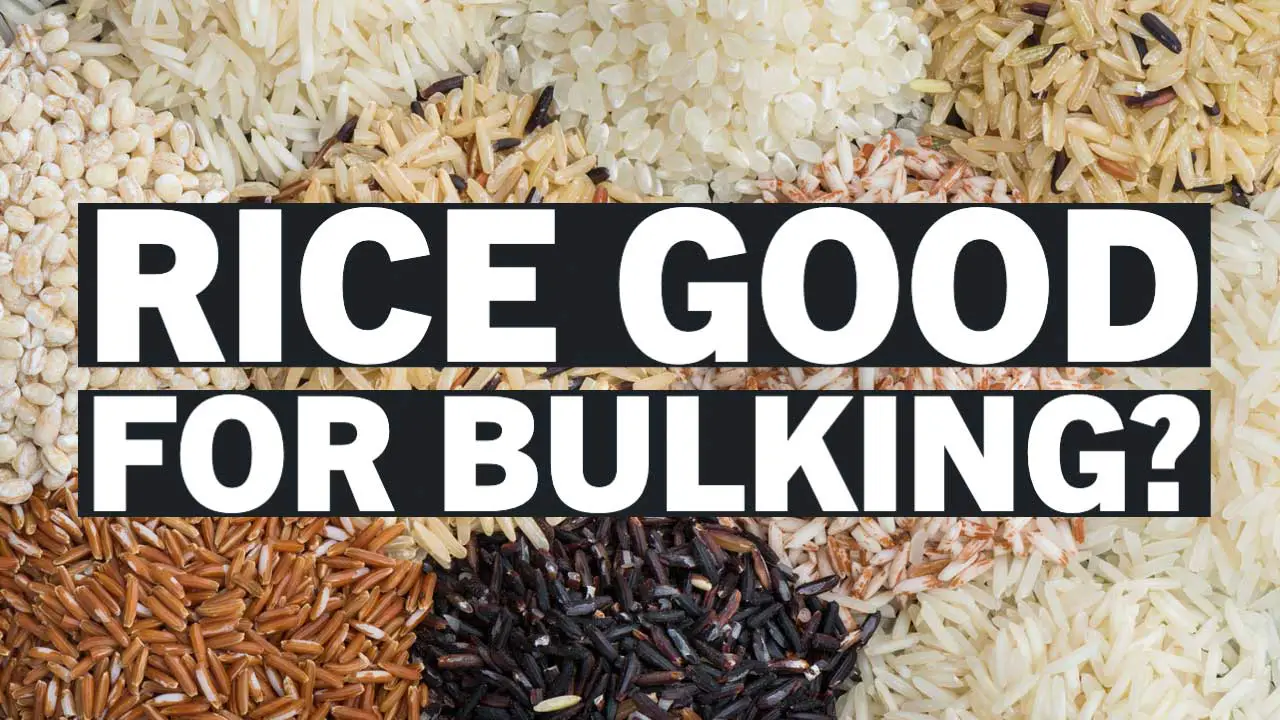 BulkingJuly 26, 2023Is Rice Good for Bulking? Unveiling the Truth
BulkingJuly 26, 2023Is Rice Good for Bulking? Unveiling the Truth CultureJuly 15, 2023Why Do People Hate Planet Fitness? Read This Before You Join!
CultureJuly 15, 2023Why Do People Hate Planet Fitness? Read This Before You Join!
Affiliates:
This post may contain affiliate links that at no additional cost to you, the site may earn a small commission. We only recommend products we would use ourselves and all opinions expressed on this site are our own.
General Advice:
The information provided in this article is for general informational purposes only. It is not intended as a substitute for professional advice. Always consult with a qualified healthcare professional before starting any new diet, exercise program, or making changes to your health routine.
Accuracy Advice:
While we strive to provide up-to-date and accurate information, the content in this article may not reflect the most current research or medical guidelines. We encourage readers to do further research and consult with professionals for more personalized advice.
Our Recommendations:
The products and services mentioned in any of our articles are recommended based on our independent research and personal experience. We are not sponsored by any company. We aim to suggest products and services we believe are of high quality and could be beneficial to our readers.

